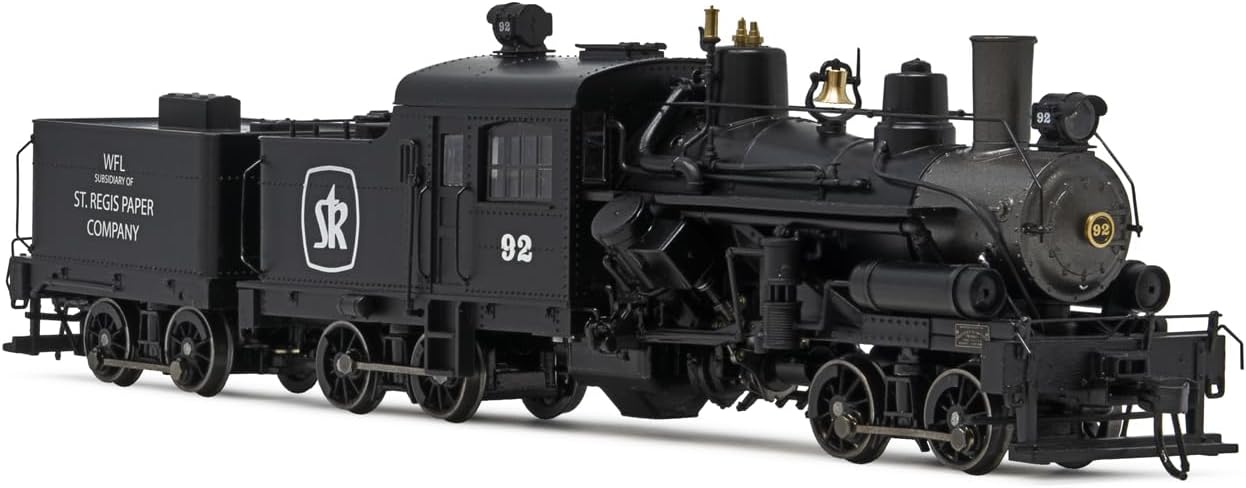Description
The G2 SD90MAC-H Phase I was a relatively short-lived but interesting locomotive in the history of American diesel traction. Here’s a breakdown of its history:
Background:
- Introduced in 1996 by Electro-Motive Diesel (EMD) as a variant of the SD90MAC locomotive.
- Designed to utilize the new 6,000 horsepower (4,500 kW) 16-cylinder H-engine, a more powerful upgrade over the earlier 710G engine.
- Distinguished by its “Phase I” cab, characterized by a rounded nose and lower windshield compared to the later Phase II cab.
Production & Usage:
- Only 22 units were ever built, all for the Union Pacific Railroad (UP).
- Considered a “pre-production” or “beta” version of the SD90MAC-H, as they faced technical issues with the H-engine in its infancy.
- Initially delivered with 4,300 hp (3,210 kW) 16-cylinder 710G engines, similar to the SD70MAC’s, due to the H-engine problems.
- UP planned to re-engine them with the 6,000 hp H-engine when it became fully reliable, but ultimately scrapped all 22 units by 2009 without ever receiving the upgrade.
Significance:
- Despite its limited lifespan, the G2 SD90MAC-H Phase I played a valuable role in testing and refining the H-engine technology.
- It paved the way for the more successful Phase II SD90MAC-H with the improved H-engine and Phase II cab, of which nearly 70 units were built.
- It remains a unique locomotive in railroad history, with its distinct Phase I cab and short production run, making it a collector’s item for model train enthusiasts.
Additional Information:
- Sources mentioned the HO G2 SD90MAC-H Phase I model train by Athearn, suggesting their popularity among scale model enthusiasts.
- Wikipedia and Athearn product descriptions provided further details on the technical specifications and historical context of the locomotive.
I hope this comprehensive overview provides a good understanding of the G2 SD90MAC-H Phase I’s history and significance.









Reviews
There are no reviews yet.